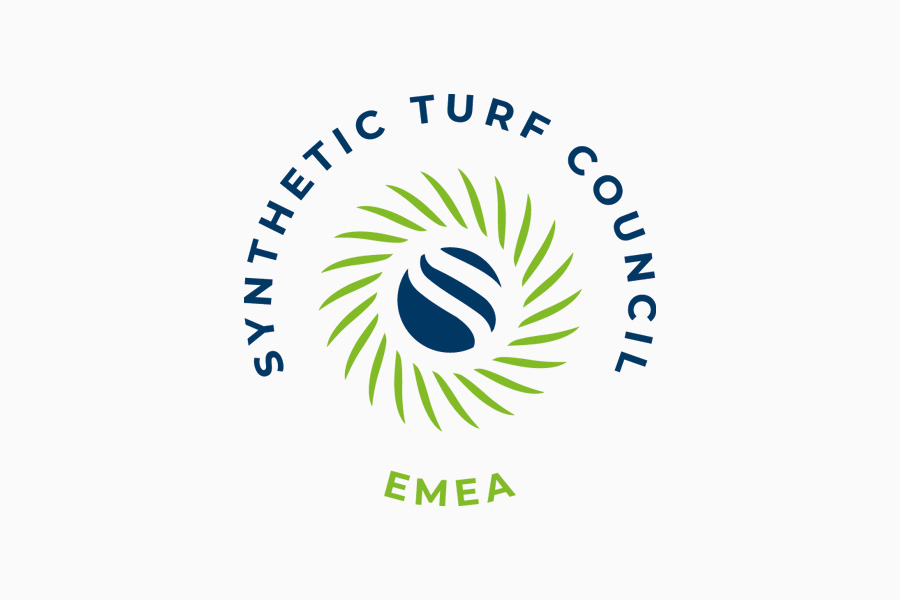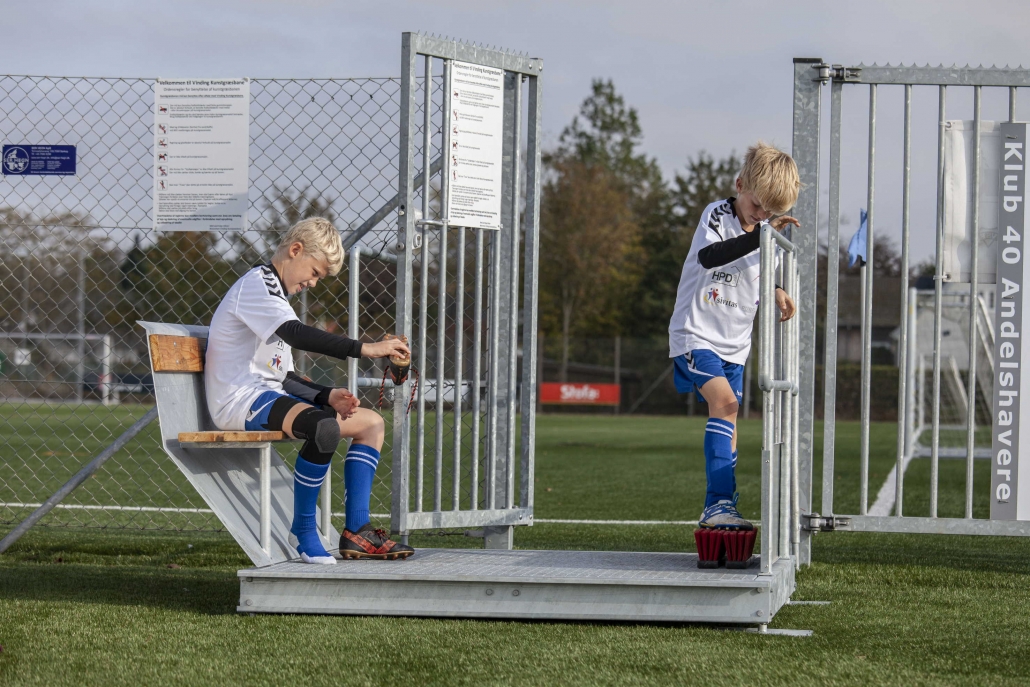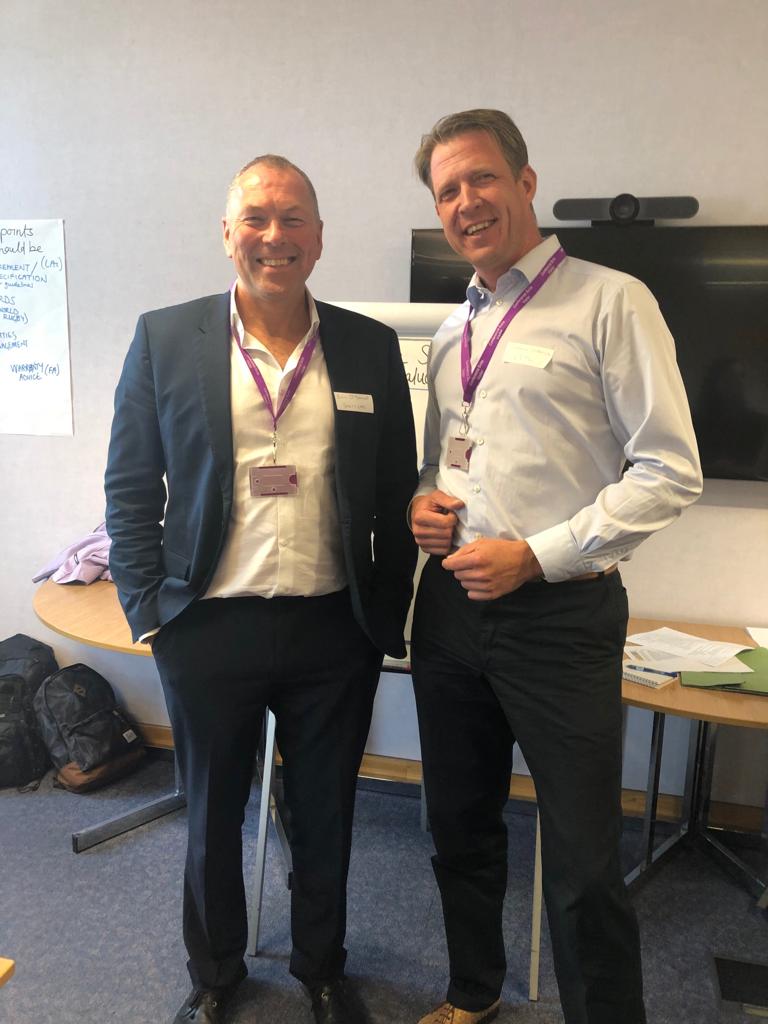ECHA publishes SEAC draft opinion

ECHA has opened the window for a public consultation on the SEAC Draft Opinion on the Microplastics REACH restriction. This is the final opportunity to comment on what is proposed. Together with the SEAC draft opinion, ECHA also published the final opinion by the Risk Assessment Committee (RAC). As previously advised, RAC is recommending a […]
Genan proactively leads the way to stop rubber infill from spreading from pitches

As a responsible manufacturer of high-performance ELT infill, continuously striving for a sustainable future, Genan has made a short, informative video explaining how we can all contribute to keeping granules on the pitch. Even simple measures make a huge difference, and we can all do something! This inspirational, new video can be watched at the […]
ECHA opinion delayed by 3 months

The European Chemical Agency (ECHA) has decided to take an extra three months to finalize its opinion on the proposed restriction on intentionally added microplastics. The consolidated opinion of ECHA’s Committees for Risk Assessment (RAC) and Socio-economic Analysis (SEAC) is now expected in June this year. The standard 12 months reserved for the committees’ opinion […]
ESTC welcomes EU and UEFA statements in microplastics debate

The EMEA Synthetic Turf Council (ESTC) is pleased to have noted the statements made by the European Commission (EU) and the European Football Association (UEFA) to clarify the position of synthetic turf in the current debate about microplastics. An official statement by the EU released on 25 July, states: ‘The European Commission does not plan […]
Taking the lead

Scotland is tackling microplastics pollution head-on and has invited the ESTC to join them in finding solutions to deal with this issue. They couldn’t have wished for a better partner. Pollution from microplastics affects everybody and everything but has a complicated nature that needs to be treated delicately in order to be solved correctly. According […]